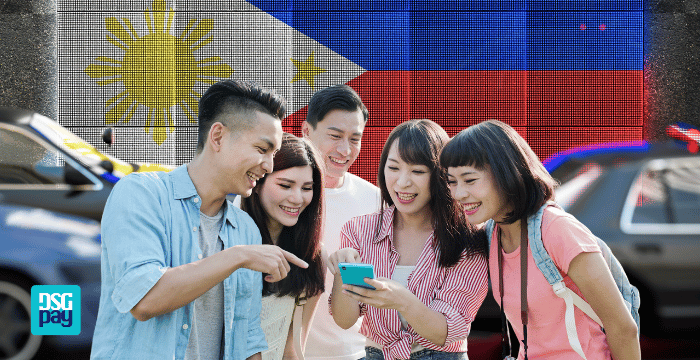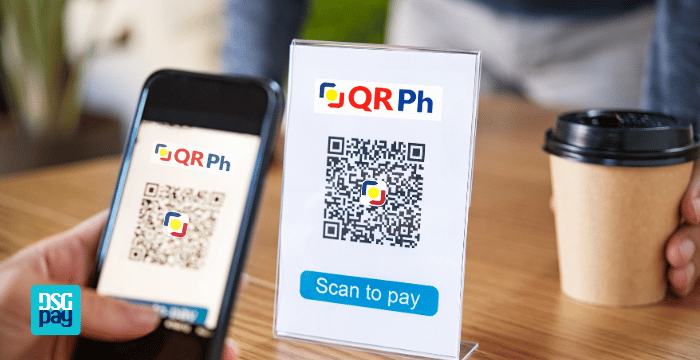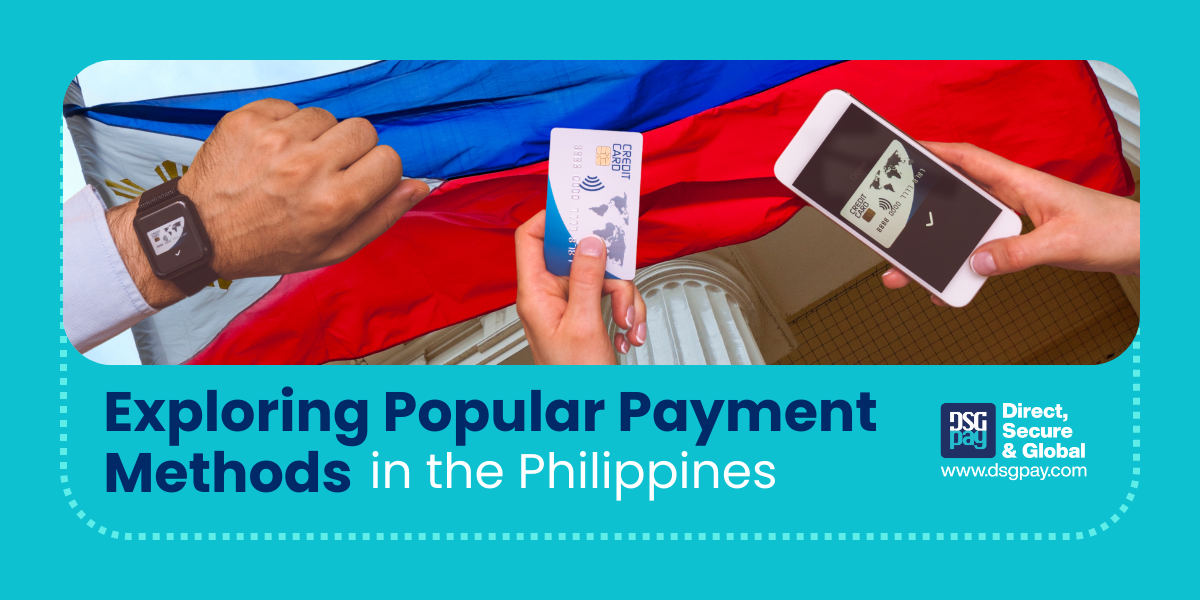Did you know that more than half of all retail transactions in the Philippines are now digital? According to Statista Research, 52.8% of retail transactions were made digitally by the end of 2023, a huge jump from just 1% in 2013.
This rapid transformation highlights how digital innovation is reshaping the way Filipinos handle transactions, with digital solutions becoming central to daily life.
In this article, we’ll explore the popular payment methods in the Philippines, their benefits and limitations, and what exciting trends are set to define the future of payments.
Let’s get into it!
The Evolution of Payment Methods in the Philippines
Traditionally, cash and card-based transactions dominated the Philippine payment landscape. Recently, the trend of conducting business transactions has been shifting towards digital platforms due to the convenience, security, and ever-increasing internet penetration rate.
This transformation is driven by several factors, including increased smartphone usage, the popularity of e-commerce, and efforts from the government and private sectors to promote digital payment methods in the Philippines.

Popular Payment Methods in the Philippines
Today, Filipinos enjoy a wide variety of payment methods that cater to different lifestyles and needs. Below are some of the most common payment methods in the Philippines:
1. Bank Transfers
Bank transfers remain a widely trusted method for personal and business transactions. You can transfer funds between bank accounts using online banking apps, mobile banking, and even over-the-counter services.
Popular Banks in the Philippines:
- BDO (Banco de Oro): One of the largest banks offering online platform and mobile banking.
- BPI (Bank of the Philippine Islands): Known for its secure and user-friendly mobile banking app.
- Metrobank: Provides comprehensive mobile banking services.
- UnionBank: Popular for digital-first solutions and seamless fund transfers.
| Bank | Benefits | Limitations |
| BDO (Banco de Oro) | – Extensive branch and ATM network. – Offers online banking and mobile app services. – Strong security features (card locking, OTP, biometric login). | – Mobile app interface can sometimes be slow or outdated. – Some digital services (like Instapay transfers) have fees. – Occasional app downtimes during peak periods |
| BPI (Bank of the Philippine Islands) | – Highly secure and user-friendly mobile app. – Quick and easy online fund transfers. – Scheduled bill payments and fund transfer features. – Strong brand reputation and reliability. | – App maintenance can cause temporary service interruptions. – Some features (like account linking) can be confusing for first-time users. |
| Metrobank | – Comprehensive mobile banking services (fund transfers, bill payments, load purchase). – Solid security measures with biometric authentication. – Good network of branches and ATMs. | – App interface not as modern or fast as newer competitors. – Certain transactions (like large fund transfers) require branch visits. – Limited app features compared to more digital-first banks. |
| UnionBank | – True digital-first bank (account opening, deposits, fund transfers all online). – Mobile check deposit feature available. – Often free or low-cost digital transaction fees. | Smaller branch network compared to traditional banks |
2. Mobile Wallets
Among the many payment methods in the Philippines, digital wallets have emerged as particularly popular among the various digital payment methods. These virtual wallets offer the ability to store, send, and receive funds digitally, making transactions as easy as a few taps on a mobile device.
Popular Mobile Wallet Providers in the Philippines:
- GCash: One of the most widely used mobile wallets in the Philippines, offering an array of features such as mobile payments, bill payments, online shopping, and more.
- Maya (formerly PayMaya): Known as an end-to-end digital payments solution, PayMaya provides a mobile wallet, online payment gateway, card payment solutions, and more. Its versatility makes it widely accepted in many establishments.
- Coins.ph: Coins.ph integrates digital payments with blockchain technology, allowing users to transact, pay bills, and even buy and sell cryptocurrencies.
- GrabPay: Linked to Grab services, allowing users to pay for rides, food, and online purchases.
| Mobile Wallet | Benefits | Limitations |
| GCash | – User-friendly interface. – Partnerships with many merchants and government agencies. | – Cash-in/cash-out fees apply after free limits. – Account verification can take time for some users. |
| Maya (formerly PayMaya) | – End-to-end digital payment solution (wallet, cards, online gateway, crypto). – Highly versatile for personal and business use. – Competitive cashback and rewards programs Integrated virtual card and physical card options. | – Fewer offline (physical store) partnerships. – Transaction fees for cash-in through some methods. |
| Coins.ph | – Strong integration with blockchain and cryptocurrency services. – Offers crypto trading (Bitcoin, Ethereum, etc.) alongside basic wallet features. – Bill payments and mobile load purchases available. – No need for a bank account to use basic features. | – Limited merchant acceptance. – Higher fees for crypto transactions. |
| GrabPay | – Easy top-up from linked bank accounts and cards. – Loyalty rewards for Grab service users. – Can be used for selected online and offline payments. | – Primarily tied to Grab services (limited outside the Grab app). – Not as widely accepted for general merchant payments. – Cash-in options not as extensive. |
3. QR Code Payments
One of the fastest-growing payment methods in the Philippines is QR code payments. They are easy, secure, and contactless, and are now widely accepted in places such as supermarkets, malls, local food stalls, and public transportation.

Popular QR Code Providers in the Philippines:
- QRPh: A government-supported initiative that standardizes QR code payments across different banks and e-wallets.
- GCash QR: Widely accepted at major merchants, retail shops, and local markets.
- Maya QR: Enables QR code scanning for easy in-store payments.
| QR Code Provider | Benefits | Limitations |
| QRPh | – National QR code standard regulated by the Bangko Sentral ng Pilipinas (BSP). – Enables interoperability across multiple banks and e-wallets. – Widely promoted for merchants and consumers. | Some banks and wallets may not yet fully optimize QRPh features. |
| GCash QR | – Quick setup for merchants to generate QR codes. – Easy for users to scan and pay via GCash app. – Strong promotional programs like cashbacks, vouchers, and discounts. | Limited to users who have GCash accounts. |
| Maya QR | – Also widely accepted in retail stores, restaurants, and local businesses. – Interoperable with QRPh (can accept payments from other QRPh-enabled wallets and banks). – Strong incentives for merchants to adopt (zero setup fees, occasional cashback promos) | Transaction fees may apply for certain merchant withdrawals. |
4. Over-the-Counter Payments
Despite the digital surge, many Filipinos still use over-the-counter payment methods for utility bills, online shopping, and other services.
Popular Over-the-Counter Payment Providers in the Philippines:
- 7-Eleven Cliqq: Enables users to pay bills, load mobile wallets, and shop online via in-store kiosks.
- Bayad Center: Accepts a wide range of payments for utilities, loans, tuition, and more.
- SM Bills Payment: Available in SM malls nationwide, offering easy bill settlement.
| Over-the-Counter Provider | Benefits | Limitations |
| 7-Eleven Cliqq | – Convenient payment option available 24/7 across thousands of 7-Eleven branches. – User-friendly kiosks and app integration. | – Transaction limits apply (usually up to PHP 10,000 per transaction). – Additional service fees for some types of transactions. |
| Bayad Center | – One of the oldest and most trusted bill payment centers. – Multiple branches and partner outlets nationwide. – Also offers remittance and insurance services. | – Limited operating hours. – Cash-only transactions in some locations. |
| SM Bills Payment | – Convenient for shoppers visiting SM malls. – Accepts payments for utilities, tuition, government contributions (SSS, Pag-IBIG), credit cards, and more. – Centralized payment service for multiple bills. | – Only available during mall hours. – Limited to SM malls and SM-affiliated stores. – Some payments may incur extra service charges depending on the biller. |
Future Trends in Payment Methods in the Philippines
Looking forward, payment methods in the Philippines will continue to evolve.
Here are some key trends to watch:
Increased Use of Contactless Payments
As people become more cautious about physical contact, the demand for contactless payments like QR codes and tap-to-pay technology will likely increase.
Expansion of Blockchain and Cryptocurrency
Platforms that integrate cryptocurrency and blockchain are expected to grow. This offers Filipinos the chance to diversify payment options and engage in more sophisticated financial activities.
AI and Machine Learning for Security
Advanced technologies are enhancing security and fraud detection, making digital transactions safer. With cyber threats on the rise, these security measures are essential to gain and maintain user trust.
Enhanced Financial Inclusion
The Philippine government and private sector are working to further extend digital payment access to rural and underserved areas, helping more Filipinos benefit from modern payment methods in the Philippines.
Conclusion
The evolution of payment methods in the Philippines has been remarkable, moving from traditional cash-based transactions to a dynamic ecosystem of digital payments.
This shift has not only improved convenience but also enhanced financial inclusion, giving more people access to banking services and digital commerce opportunities. With technology and innovation driving the financial sector forward, businesses and individuals must stay updated to remain competitive and connected.
DSGPay: Your Alternative Payment Solutions in the Philippines
At DSGPay, we understand the rapidly changing payment environment in the Philippines. That’s why we offer innovative solutions that help individuals, SMEs, and large corporations navigate the digital economy with ease.
DSGPay offers smarter solutions for PHP transactions and beyond:
- Open Virtual Accounts to collect payments locally in PHP and other currencies, without the need for a traditional bank presence.
- Hold, send, and receive funds in 30+ currencies including PHP, USD, EUR, GBP, HKD, and more.
- No minimum or maximum transaction limits. Flexible for all transaction sizes.
- Real-time settlement for amounts below 50k PHP
Whether you’re a small business owner or a large merchant needing global payment solutions, DSGPay provides the tools, expertise, and support you need to thrive in today’s digital-first world.



